Table of Contents[Hide][Show]
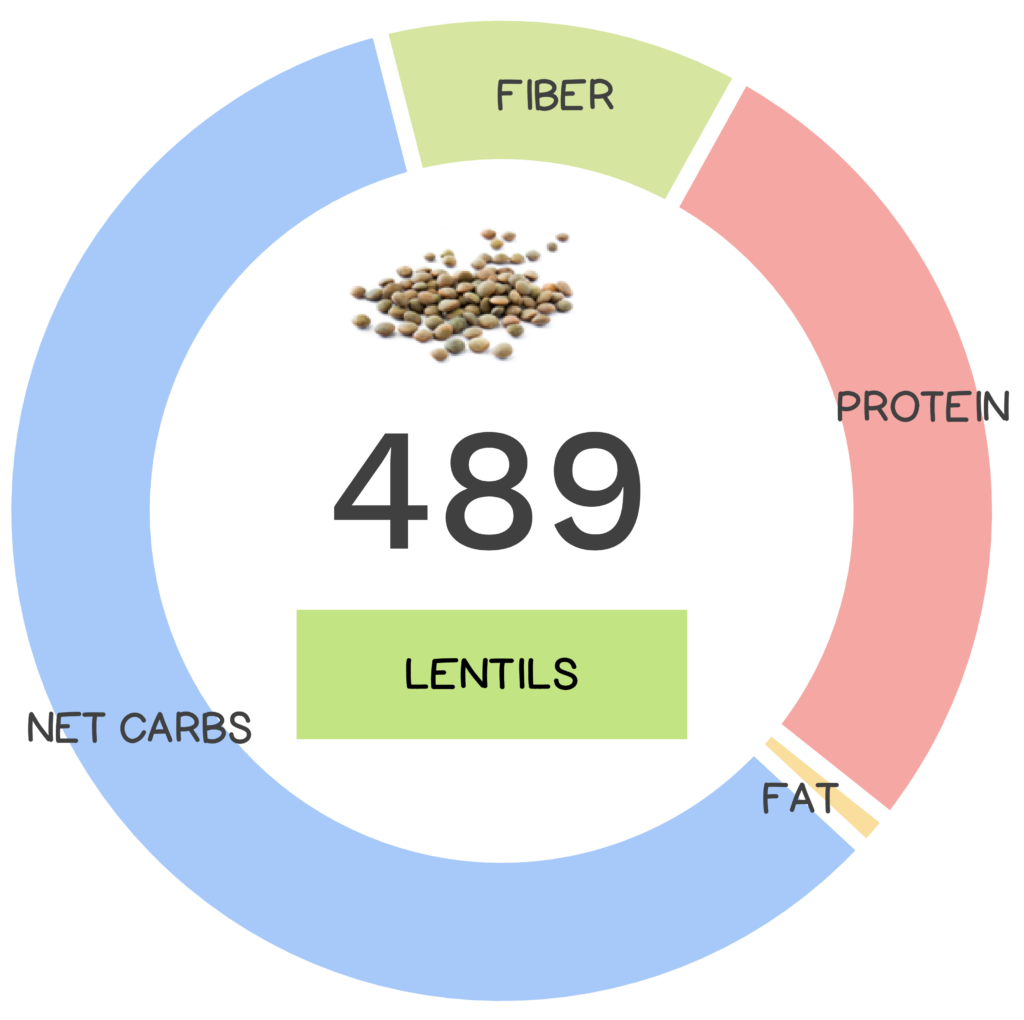
If you’re looking to get more bang for your buck, look no further than lentils! Not only are these tiny, lens-shaped, legumes budget-friendly, they are packed with flavor, versatile, easy to prepare and store well, making them a pantry staple. What’s even better is that lentils (Lens culinaris) are one of the most nutritious members of the legume family, a valuable protein source, and when properly prepared, a worthy, healthful addition to our diet!
Lentils are related to beans, peas, and peanuts.
Legumes are the fruit or seed of plants from the Fabaceae (also called Leguminosae) family, which also includes members such as beans, peas, and peanuts in addition to lentils. (As a sidenote, when legumes are harvested for their dry seed, they are often referred to as ‘pulses.’) Lentils grow in small pods, each containing 1 to 3 lentils pers pod; each lentil has an outer seed coating that protects the inner seed, called the cotyledon. Lentils come in a variety of sizes and a rainbow of colors, including black, brown, green, orange, red, and yellow. They are available unhulled and hulled, which means the seed coat (or protective covering) has been removed, revealing their brightly-colored interior, and whole or split in half. With so many choices, you’re sure to find an option to suit your every need, whether you’re looking for lentils that hold their shape for use in salads or for some that cook to a mushy consistency, great for thickening soups.
Lentils have a low carbon footprint since they require very little water to grow and don’t require chemical fertilization; they also improve the quality of soil by fixing nitrogen!
As far as the human diet is concerned, this legume is incredibly old (remains dating back to 11,000 BC have been found in Greece!). Lentils were one of the first crops domesticated by humans where they were consumed regularly, playing an important part in the diet. Today, lentils are especially popular in Mediterranean, Middle Eastern and Asian cuisines. Not only are these coin-shaped legumes great in our diet, they are good for the environment too! This crop has a low carbon footprint since lentils require very little water and don’t require chemical fertilization. In fact, just like other legumes, they are able to fix nitrogen which means they actually improve the quality of the soil (also the reason they are high in protein!). Surprisingly, Canada is the world’s top producer of lentils! Who knew, eh? India is a close second, where lentils form part of the staple cuisine prepared as a thick soup known as daal.
Learn What Foods to *ADD* to Your Diet
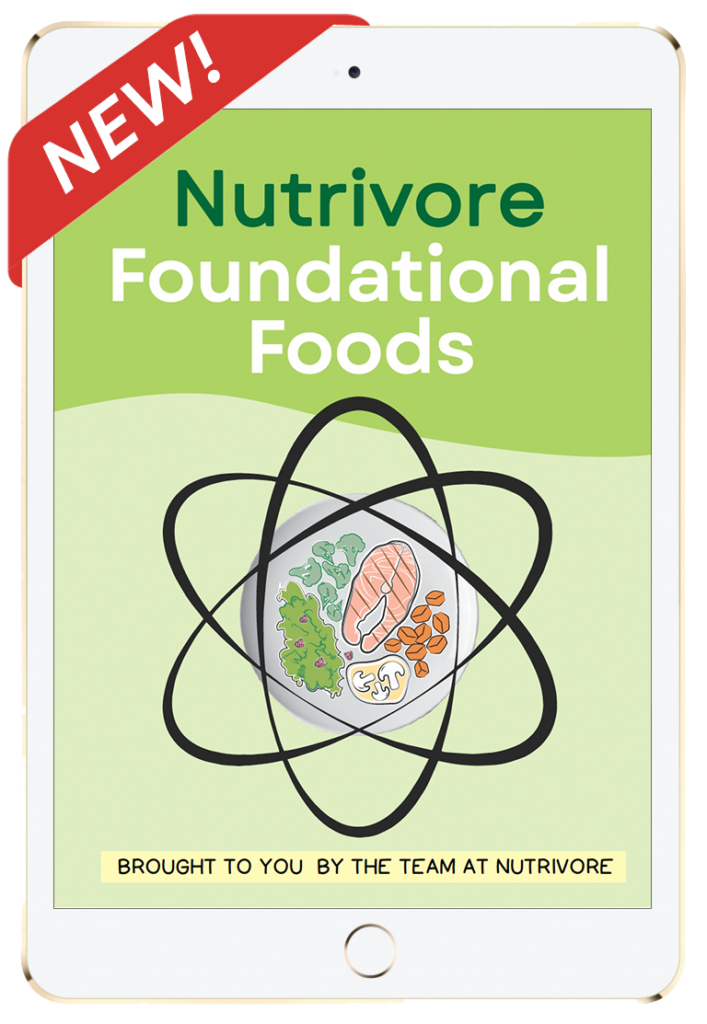
Nutrivore Foundational Foods
Learn what makes the 12 Nutrivore foundational food families nutritionally unique, their health benefits, which options are the most nutrient dense, how much of them to eat, plus various fun facts, practical pointers, and busting of common myths.
This very helpful resource will introduce you to new foods and expand your nutrition knowledge, making food choices easier!
Buy now for instant digital access.
Nutrivore Score for Lentils – 489
Lentils have a Nutrivore Score of 489, making them a high nutrient-dense food! Plus, they are a low-carb food; one serving of lentils contains 13.1 grams of net carbs.
Per serving, lentils are a best source (>50% daily value) of polyphenols; an excellent source (20-50% daily value) of copper, manganese, vitamin B1 (thiamin), vitamin B7 (biotin), and vitamin B9 (folate); and a good source (10-20% daily value) of dietary fiber, iron, protein, vitamin B5 (pantothenic acid), vitamin B6 (pyridoxine), vitamin E, and zinc.
Ditch Diets. Embrace Nutrients. Start with this FREE Guide.
Sign up for the free Nutrivore Newsletter, your weekly, science-backed guide to improving health through nutrient-rich foods — without dieting harder —and get the Beginner’s Guide to Nutrivore delivered straight to your inbox!

Lentil Nutrition Facts
One serving of lentils is standardized to 1/5 cup raw or about 39 grams (1.4 ounces). When you cook lentils, they increase in volume: 1 cup raw lentils is equivalent to 2 1/2 cups cooked lentils.
LEntil Nutrition Facts Per Serving
| Lentils, raw | Nutrivore Score: 489 | Nutrient Density: High |
|---|---|---|
| Serving Size: 1/5 cup raw or 1/2 cup cooked (39 grams) | Protein: 9.6 grams | Net Carbohydrates: 13.1 grams |
| Calories: 137 | Total Fat: 0.4 grams | Dietary Fiber: 4.2 grams |

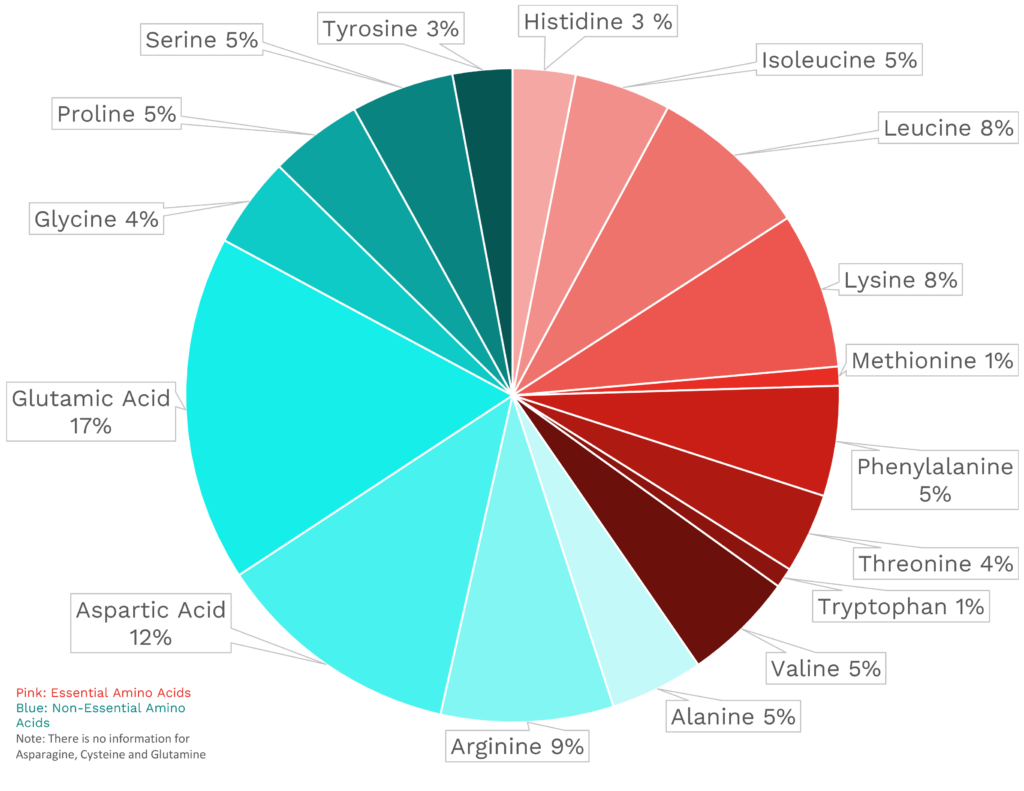
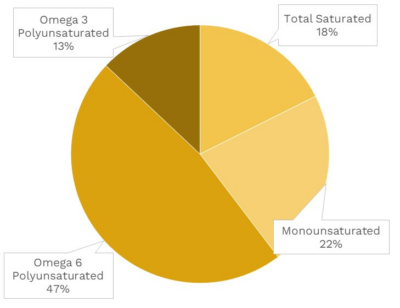
| VITAMINS | ||
|---|---|---|
| Vitamin A | 0.8 μg RAE | 0% DV |
| Vitamin B1 (Thiamin) | 340.5 μg | 28% DV |
| Vitamin B2 (Riboflavin) | 82.3 μg | 6% DV |
| Vitamin B3 (Niacin) | 1.0 mg | 6% DV |
| Vitamin B5 (Pantothenic Acid) | 0.8 mg | 17% DV |
| Vitamin B6 (Pyridoxine) | 210.6 μg | 12% DV |
| Vitamin B7 (Biotin) | 8.9 μg | 30% DV |
| Vitamin B9 (Folate) | 186.8 μg | 47% DV |
| Vitamin B12 (Cobalamin) | 0.0 μg | 0% DV |
| Vitamin C | 1.8 mg | 2% DV |
| Vitamin D (D2 + D3) | 0.0 μg | 0% DV |
| Vitamin E | 1.8 mg | 12% DV |
| Vitamin K | 2.0 μg | 2% DV |
| Choline | 37.6 mg | 7% DV |
| Myo-Inositol | 17.6 mg | ~ |
| CoQ10 | ~ | ~ |
| FUNCTIONAL FATS | ||
|---|---|---|
| MUFA | 0.1 g | 0% DV |
| ALA | 43.7 mg | 3% DV |
| EPA + DHA | 0.0 mg | 0% DV |
| CLA | ~ | ~ |
| Linoleic Acid | 0.2 g | 1% DV |
| MCT’s | 0.0 g | ~ |
| MINERALS | ||
|---|---|---|
| Calcium | 13.7 mg | 1% DV |
| Copper | 294.1 μg | 33% DV |
| Iodine | ~ | ~ |
| Iron | 2.5 mg | 14% DV |
| Magnesium | 18.3 mg | 4% DV |
| Manganese | 543.3 μg | 24% DV |
| Phosphorus | 109.6 mg | 9% DV |
| Potassium | 264.0 mg | 6% DV |
| Selenium | 0.0 μg | 0% DV |
| Sodium | 2.3 mg | 0% DV |
| Zinc | 1.3 mg | 12% DV |
| PHYTONUTRIENTS | ||
|---|---|---|
| Carotenoids | 9.0 μg | ~ |
| Polyphenols | 2636.4 mg | ~ |
| Phytosterols | 61.6 mg | ~ |
| Glucosinolates | ~ | ~ |
| Thiosulfinates | ~ | ~ |
| Betalains | ~ | ~ |
| AMINO ACIDS & PEPTIDES | ||
|---|---|---|
| Taurine | ~ | ~ |
| Ergothioneine | ~ | ~ |
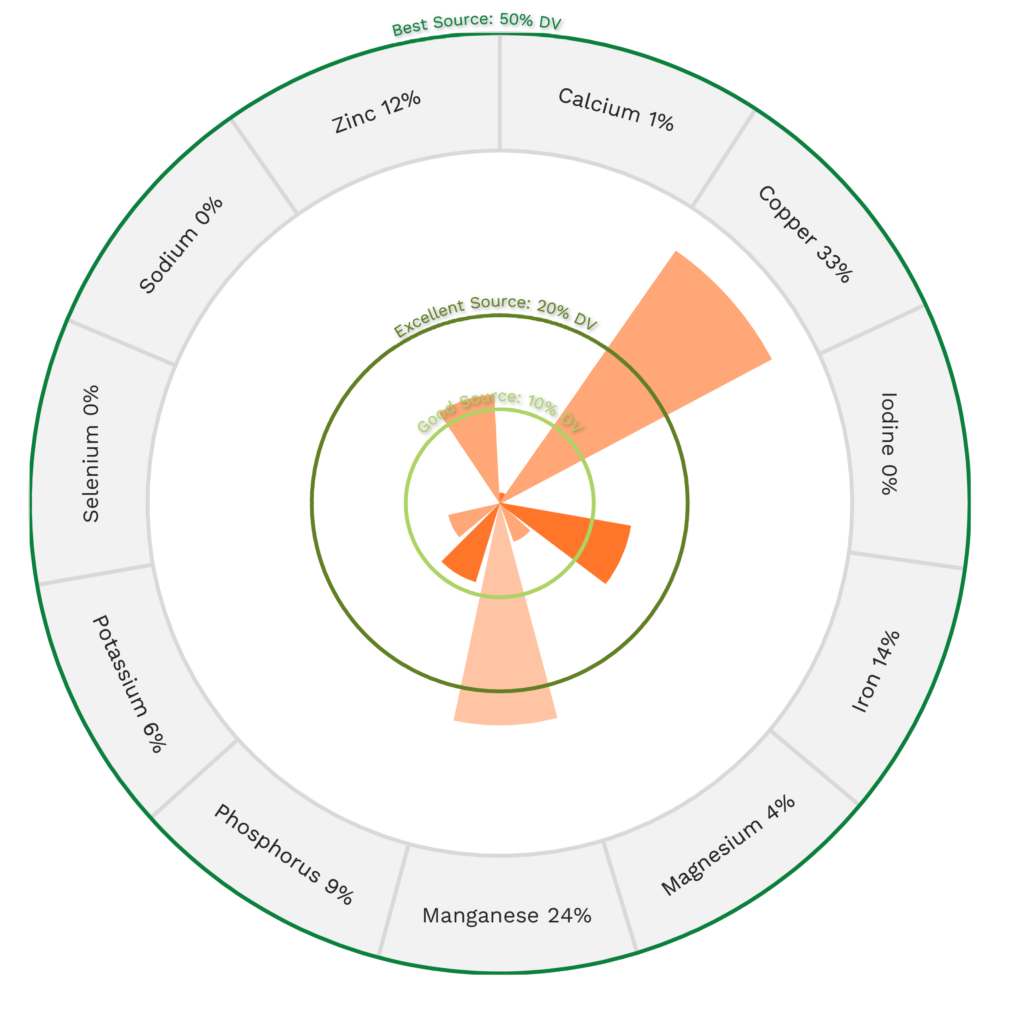
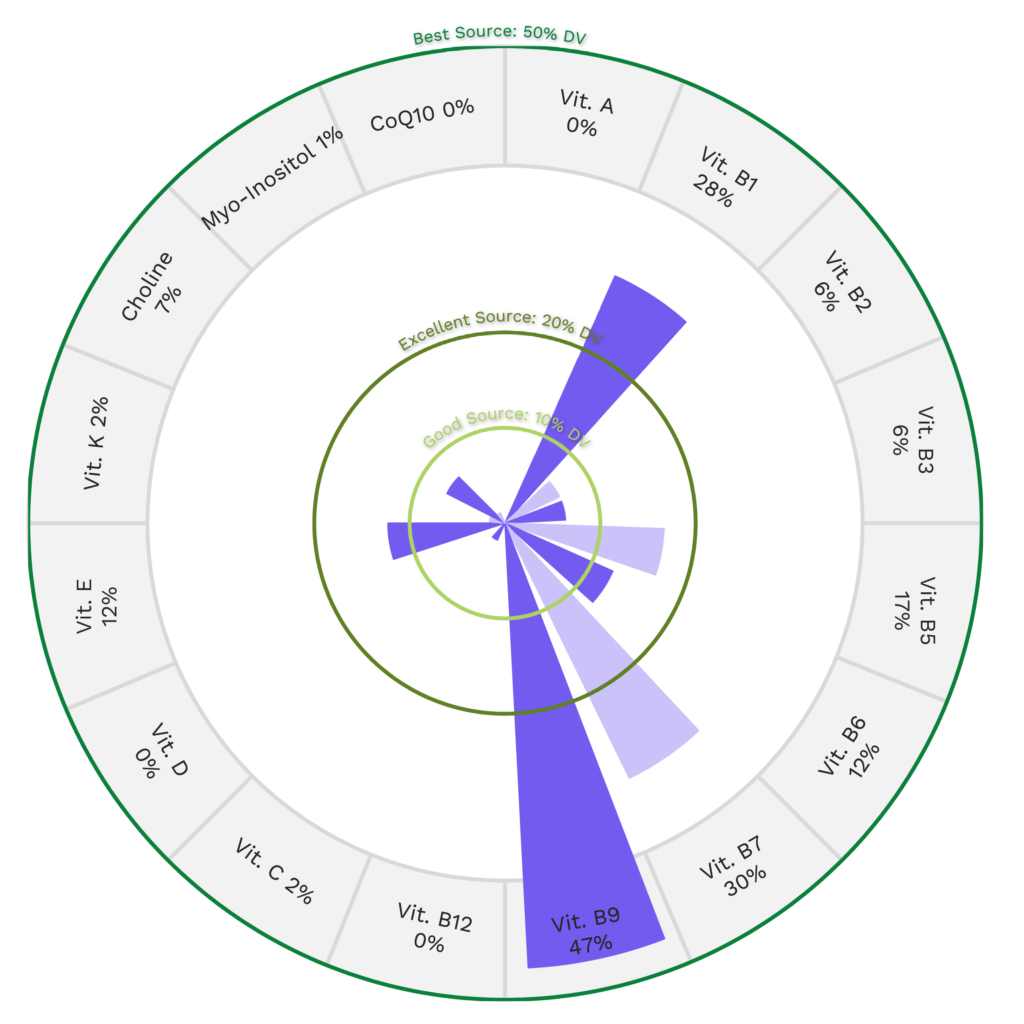
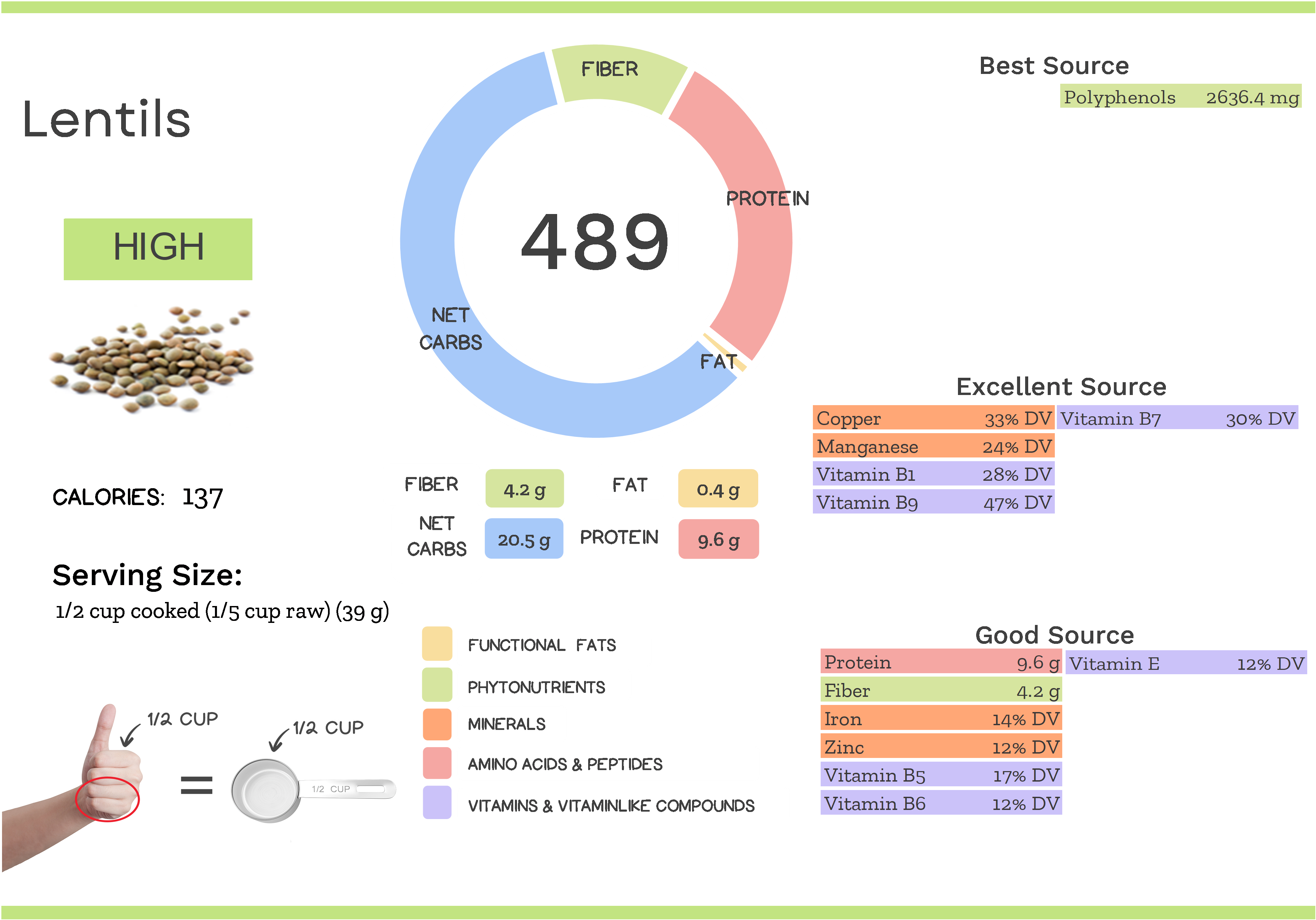
Lentil Nutrition Varies With Cooking and Variety
The Nutrivore Score of lentils varies depending on the method of preparation and on the variety.
| NUTRIVORE SCORE | |
|---|---|
| Lentils, mature seeds, cooked, boiled with salt | 509 |
| Lentils, mature seeds, cooked, boiled without salt | 506 |
| Lentils, pink or red, raw | 443 |
| Lentils, raw | 489 |
Surprised that lentils are THAT nutritious? Maybe your friends will be too!
Health Benefits of Lentil Nutrients
Let’s take a closer look at all of the best and excellent source of nutrients found in a 1/5-cup serving of lentils and see how they benefit our health.
Lentils Provide 2636.4 mg of Polyphenols
Lentils are a phenomenal source of polyphenols, containing 2636.4 mg of polyphenols per 1/5-cup serving!
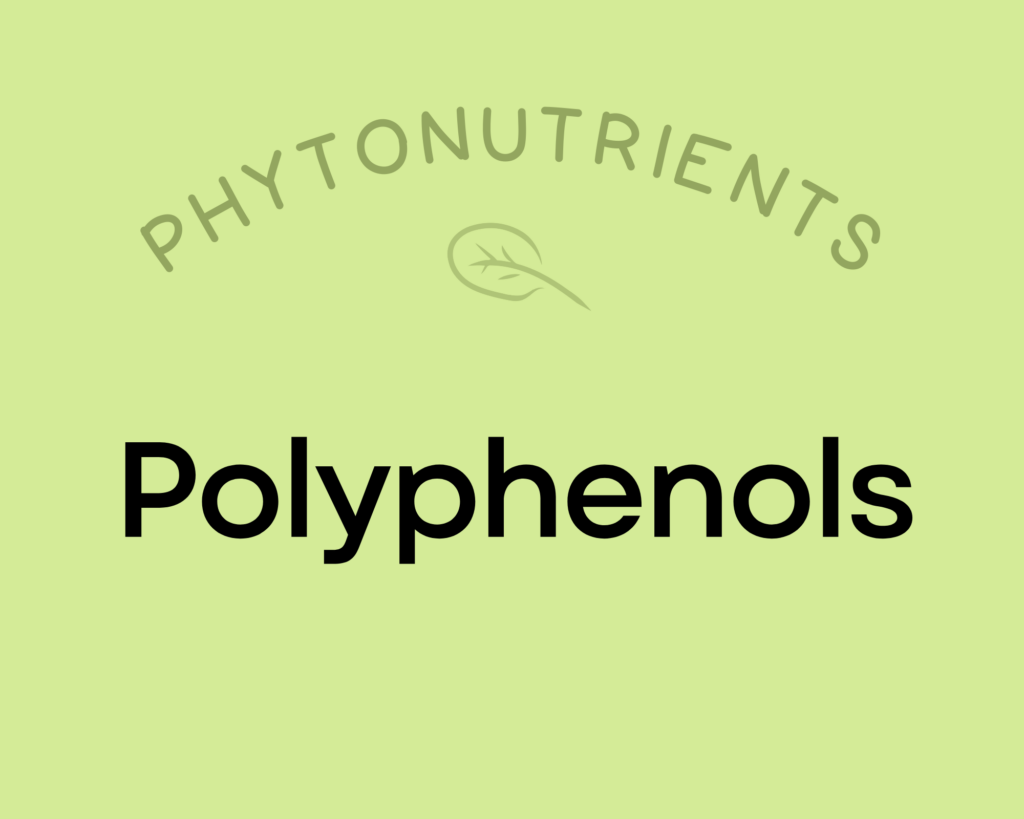
Polyphenols play a huge role in protecting against cancer, heart disease, diabetes, asthma, osteoporosis, neurodegenerative diseases, and other conditions associated with oxidative stress. In fact, a major reason foods like red wine and olive oil (as well as diets rich in both, such as the Mediterranean diet) show up as so beneficial may be due to their high polyphenol content! Along with chronic diseases, supplementing with polyphenols has been shown to protect against infections and reduce the signs of aging. Polyphenols exert their most potent effects by acting as antioxidants—preventing cellular damage by neutralizing hazardous oxygen radicals and improving cellular health as a result (which, in turn, benefits virtually every system in the body). As a result of their antioxidant properties, polyphenols also boost the immune system and protect against both chronic and acute diseases. In addition, polyphenols can help regulate enzyme function, stimulate cell receptors, modulate the functions of inflammatory cells (including T and B lymphocytes, macrophages, platelets, and natural killer cells), alter adhesion molecule expression, affect nerve cells and cardiac muscle cells, and exert antiviral effects. Learn more about polyphenols here.
Lentils Provide 47% DV Vitamin B9 (Folate)
Lentils are an excellent source of vitamin B9 (folate), providing 47% of the daily value per 1/5-cup serving!

Vitamin B9 (folate) is an essential B vitamin that plays roles in blood cell production, the formation of genetic material (including DNA), and cell growth and function. It’s particularly important during pregnancy, when folate demands increase due to the rapid creation of new cells and DNA. Along with helping protect against fetal development problems, folate can support cardiovascular health, potentially protect against certain cancers, and reduce the risk of cognitive and neurological disorders later in life. Learn more about vitamin B9 here.
Lentils Provide 33% DV Copper
Lentils are also an excellent source of copper, providing 33% of the daily value per 1/5-cup serving!
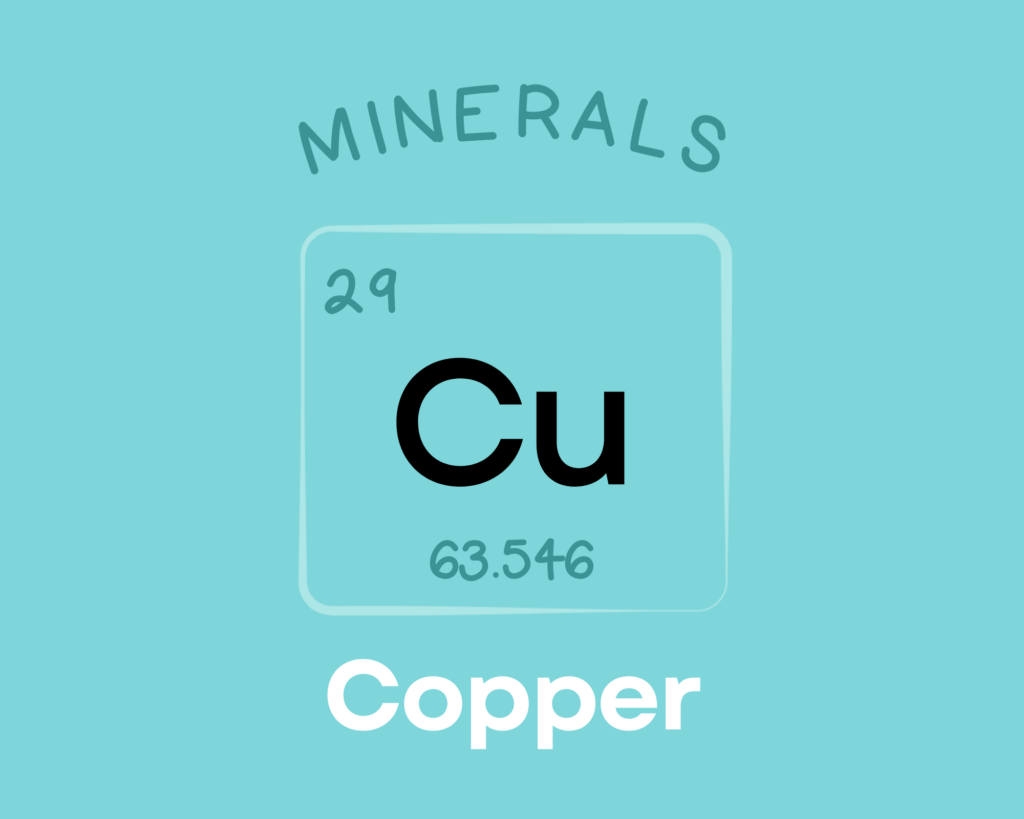
Copper is a trace mineral that’s essential for all living organisms. Copper serves as a component of numerous enzymes and proteins in the body, giving it diverse roles in the growth, development, and maintenance of various organs (including the heart and brain), bone, and connective tissue. Copper is also involved in glucose and cholesterol metabolism, helps regulate gene expression, can scavenge free radicals, and is needed for the production of red blood cells. Learn more about copper here.
Lentils Provide 30% DV Vitamin B7 (Biotin)
Lentils are a great source of vitamin B7 (biotin), providing 30% of the daily value per 1/5-cup serving!
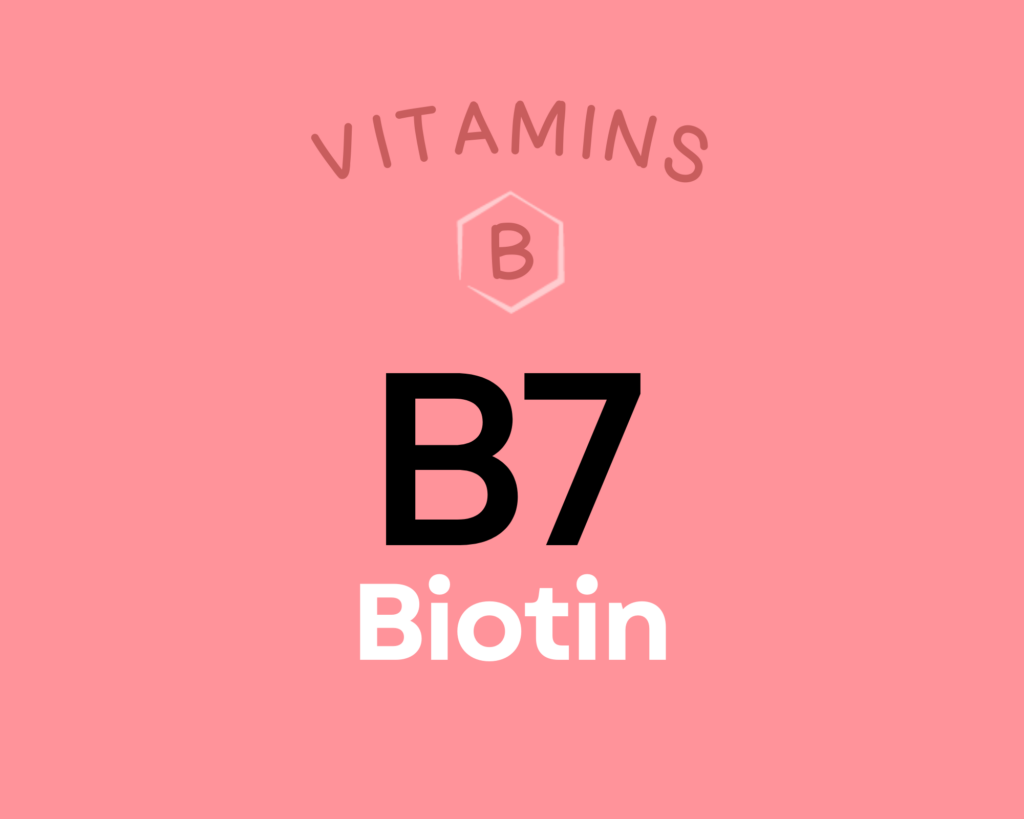
Biotin is a water-soluble B vitamin, also known as vitamin B7. Like other B vitamins, it plays an important role in energy metabolism (serving as a coenzyme for five carboxylase enzymes), neurotransmitter production, cellular function, and the function of various organs. Getting enough biotin can help support healthy nail and hair growth. It’s also particularly important during pregnancy, with low intakes increasing the risk of premature delivery and birth defects. There’s even some evidence biotin can benefit diabetics and reduce functional disabilities in people with multiple sclerosis. Learn more about biotin here.
Lentils Provide 28% DV Vitamin B1 (Thiamin)
In addition, lentils are an excellent source of vitamin B1 (thiamin), providing 28% of the daily value per 1/5-cup serving!
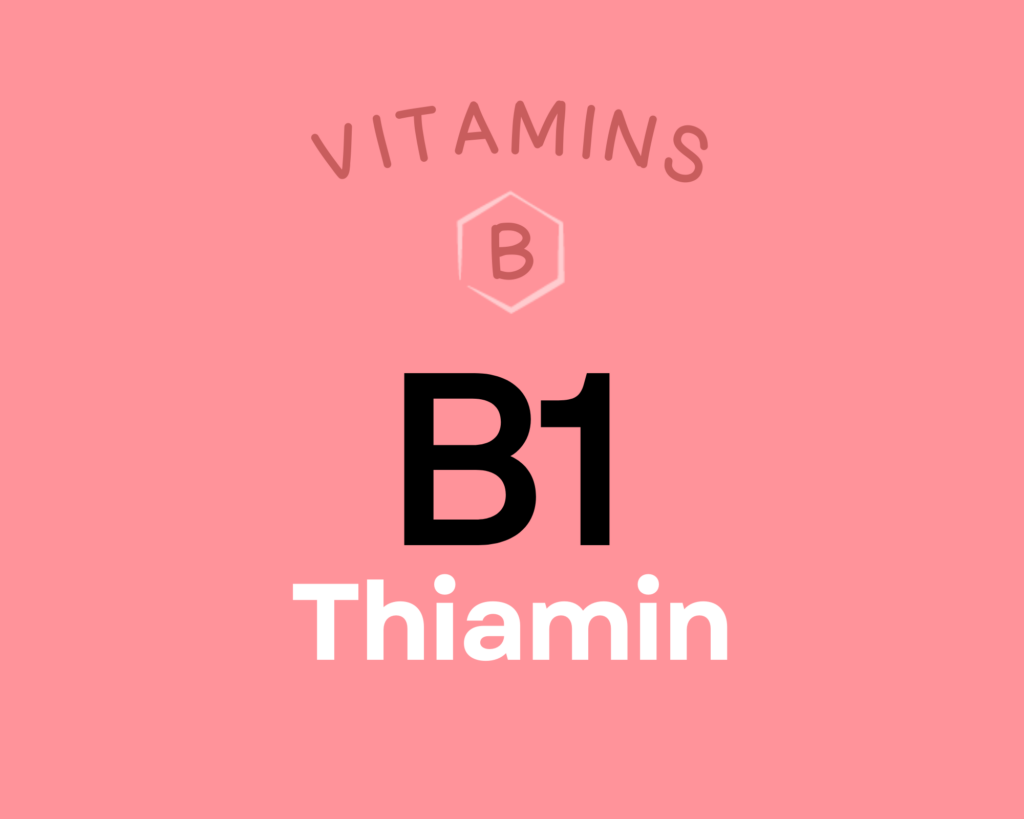
Thiamin (sometimes spelled thiamine, and also called vitamin B1) is a water-soluble vitamin. In its active form of thiamin pyrophosphate, it serves as a cofactor for a variety of enzymes involved in carbohydrate and amino acid metabolism, RNA and DNA production, and generating energy for the Krebs cycle. Research suggests vitamin B1 could help prevent blood sugar and insulin increases in people with disordered glucose metabolism, reduce the risk of cataracts, and improve health and mortality outcomes in patients with sepsis. Because aggressive tumors have high thiamin demands, it’s uncertain whether supplementing with thiamin while having cancer is beneficial due to preventing deficiency, or harmful due to providing more fuel for tumor growth. Insufficient thiamin may increase the risk of Alzheimer’s disease, and when chronic, leads to a deficiency disease called beriberi. Learn more about vitamin B1 here.
Lentils Provide 24% DV Manganese
Lentils are also rich in manganese, providing 24% of the daily value per 1/5-cup serving!
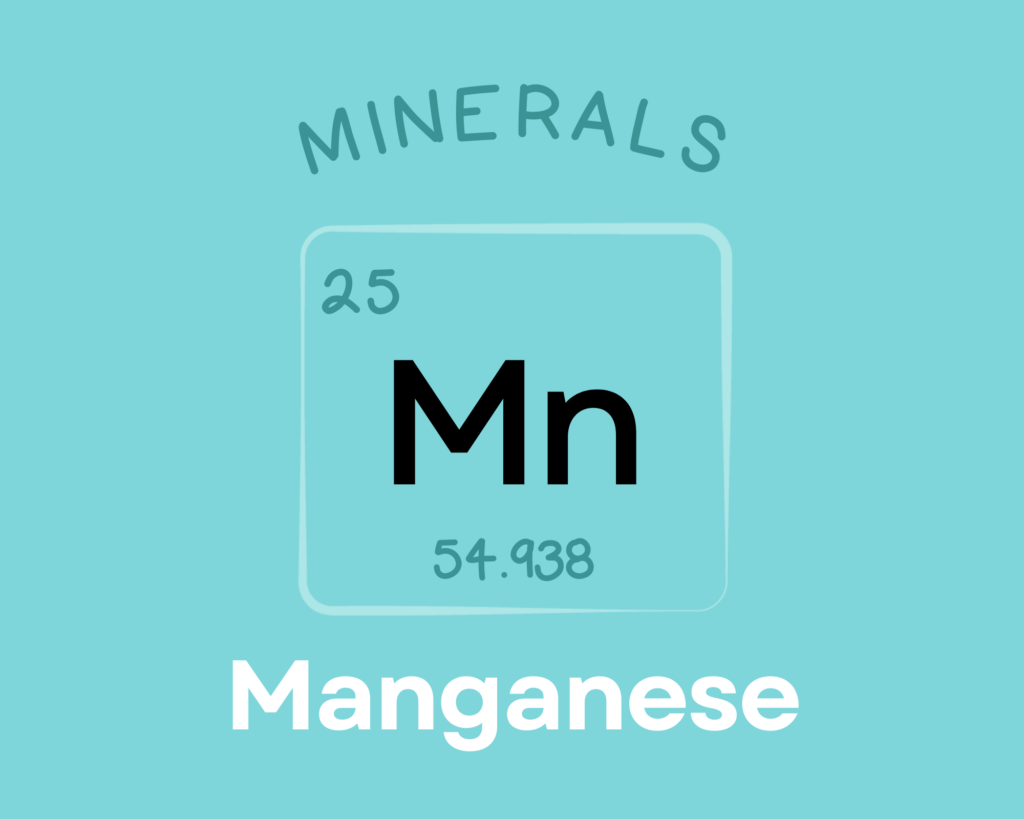
Manganese is an essential mineral that serves as a cofactor and component of numerous enzymes. Through these roles, it’s involved in carbohydrate metabolism, amino acid synthesis, gluconeogenesis, detoxification, lipid processing, free radical defense, bone and collagen formation, and wound healing. Although the research so far is limited, some evidence suggests that manganese can protect against osteoporosis and diabetes, and may even be involved in seizure disorders. Learn more about manganese here.
Want to know the top 500 most nutrient-dense foods?
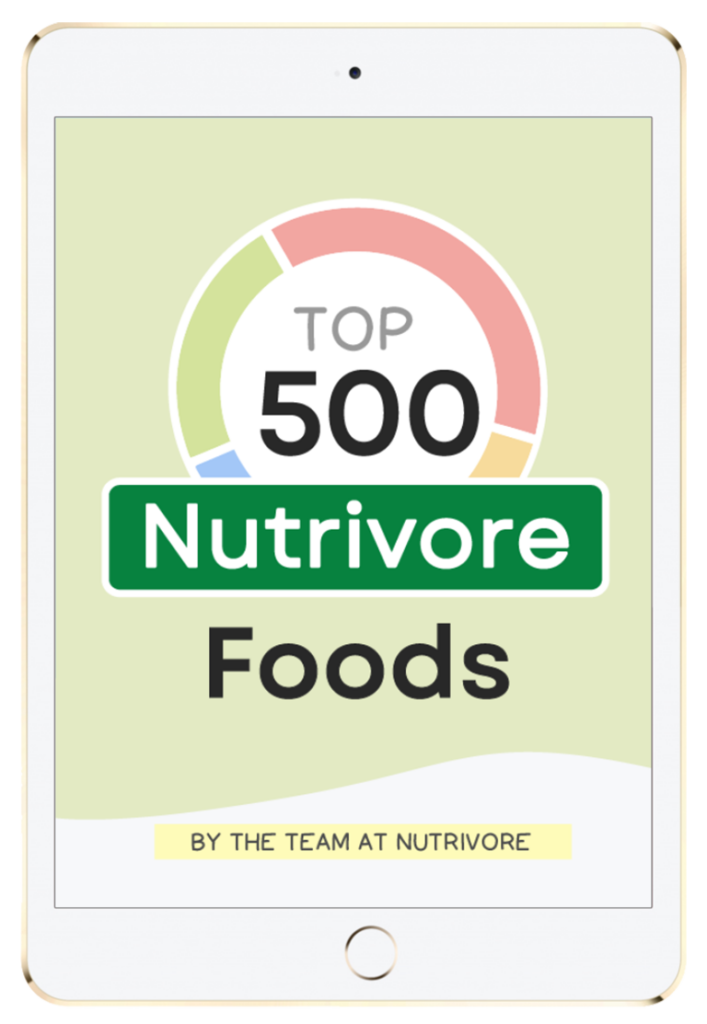
Top 500 Nutrivore Foods
The Top 500 Nutrivore Foods e-book is an amazing reference deck of the top 500 most nutrient-dense foods according to their Nutrivore Score. Think of it as the go-to resource for a super-nerd, to learn more and better understand which foods stand out, and why!
If you are looking for a quick-reference guide to help enhance your diet with nutrients, and dive into the details of your favorite foods, this book is your one-stop-shop!
Buy now for instant digital access.
How Much Lentils Should We Eat Per Day?
Lentils are one of the most nutritious members of the legume family!
In epidemiological studies, consumption of legumes is frequently associated with better health and greater longevity. This is attributable to their amazing nutrient-density (especially fiber, vitamins and minerals) and the fact that they’re particularly great for increasing growth of probiotic bacteria in our guts. Across studies, beans have demonstrated a great number of health benefits, likely due to their combination of fiber and phytonutrients. A high consumption of beans is associated with reduced waist size, lower risk of obesity, and lower systolic blood pressure.
A large 2017 meta-analysis showed that all-cause mortality (a general indicator of health and longevity) decreased by 16% with increasing intake of legumes up to 150 grams (3 servings) per day. And, in a 2021 study, eating 3+ servings of legumes per week reduces all-cause mortality by 17% compared to 2 servings per month. Learn more about legumes here.
Lentils have been shown to be promising in the management and prevention of several human chronic illnesses including cancer, cardiovascular disease, and diabetes, in addition to increasing satiety, thus reducing food intake.
Easily track your servings of Nutrivore Foundational Foods!

The Nutrivore Weekly Serving Matrix
The Nutrivore Weekly Serving Matrix digital resource is an easy-to-use and flexible weekly checklist designed to help you maximize nutrient-density and meet serving suggestions of Nutrivore foundational foods, all without having to weigh or measure your foods!
Includes a 22-page instructional guide and downloadable interactive guides.
Buy now for instant digital access.
Citations
Expand to see all scientific references for this article.
Clements RS Jr, Darnell B. Myo-inositol content of common foods: development of a high-myo-inositol diet. Am J Clin Nutr. 1980 Sep;33(9):1954-67. doi: 10.1093/ajcn/33.9.1954. PMID: 7416064.
Phenol-Explorer: Lentils, whole, raw
Phillips KM, Haytowitz DB, Pehrsson PR. Implications of two different methods for analyzing total dietary fiber in foods for food composition databases. Journal of Food Composition and Analysis. 2019. Dec;84(103253). https://doi.org/10.1016/j.jfca.2019.103253
Singh B, Singh JP, Shevkani K, Singh N, Kaur A. Bioactive constituents in pulses and their health benefits. J Food Sci Technol. 2017 Mar;54(4):858-870. doi: 10.1007/s13197-016-2391-9. Epub 2016 Nov 21. PMID: 28303037; PMCID: PMC5336453.
USDA Food Central Database: Lentils, raw
Watanabe T, Kioka M, Fukushima A, Morimoto M, Sawamura H. Biotin content table of select foods and biotin intake in Japanese. Int J Anal Bio-Sci. 2014. Vol 2(4):109-125.


